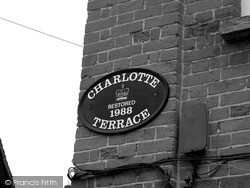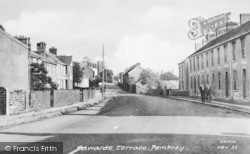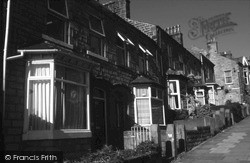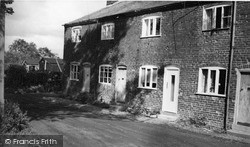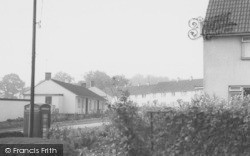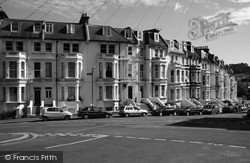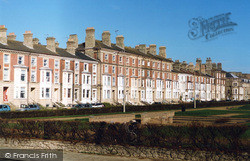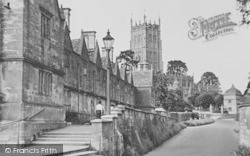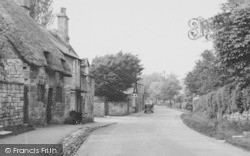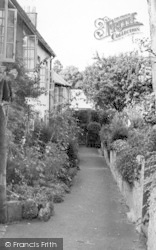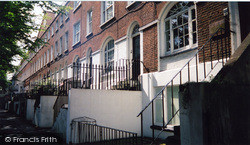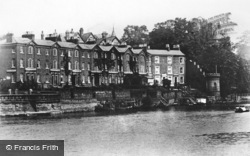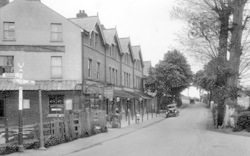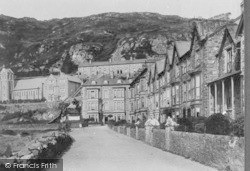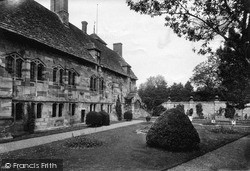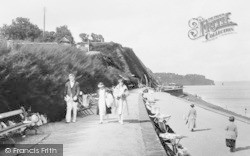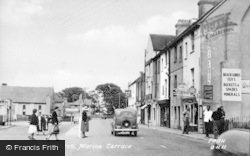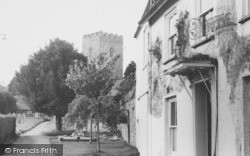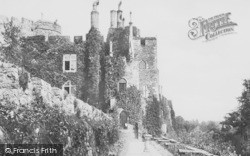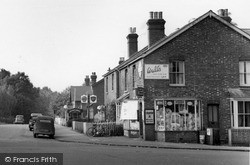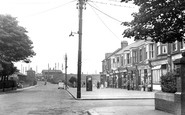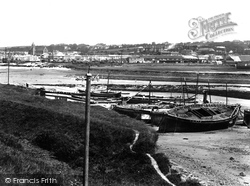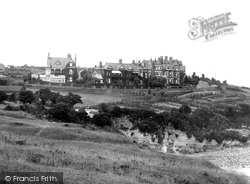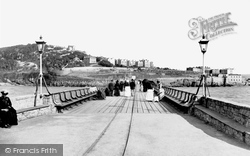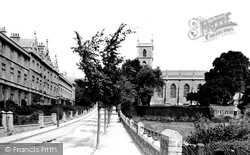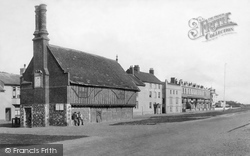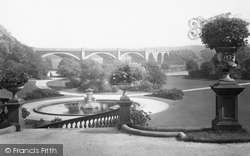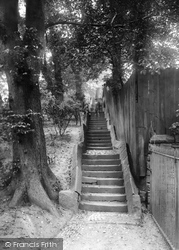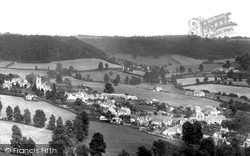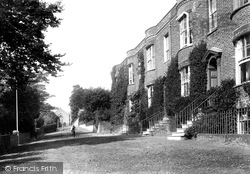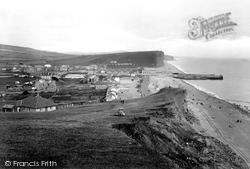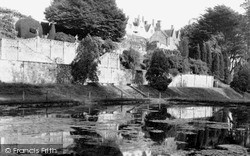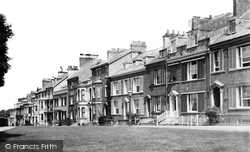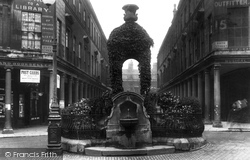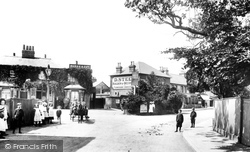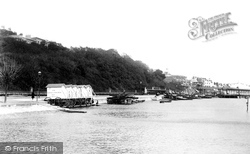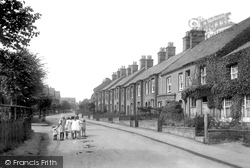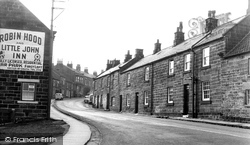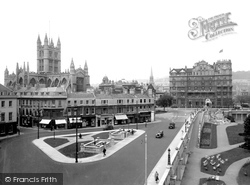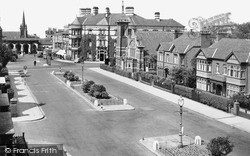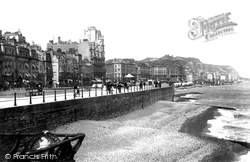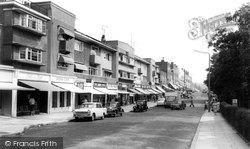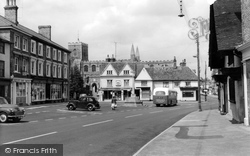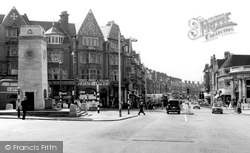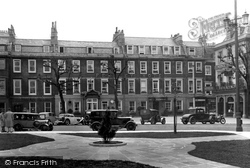Places
3 places found.
Those places high-lighted have photos. All locations may have maps, books and memories.
Photos
1,000 photos found. Showing results 261 to 280.
Maps
22 maps found.
Books
Sorry, no books were found that related to your search.
Memories
912 memories found. Showing results 131 to 140.
Main Street Mill Of Haldane
Hi, I wonder if anyone remembers my childhood home in Main Street. I lived there with my mum, dad, granny and two sisters in the 1960,s and have many lovely memories of my childhood there, I have ...Read more
A memory of Balloch in 1962 by
Inzievar Terrace.
I was born @ 92, Inzievar Terrace, my Granny, Granda, & my aunt lived @ No. 84. Have wonderful memories (still do) of my childhood there. Playing in the fields @ football, then Father Noon helped to get St. Joachims chapel ...Read more
A memory of Carmyle in 1947 by
The Rush Family
My maternal grandparents used to live in Cleckheaton - not sure of the address, but it was up a hill, in a back to back house not far from my Mum's brother Terence Rush. He also lived in a back to back house with his wife Norma ...Read more
A memory of Cleckheaton by
A Child Was Born In Bargoed
Born on the 15th April 1950 in my grandparents front room in Bristol Terrace I didn't realize until now what we had in those " good old days". I am a self made millionaire but I would trade all what I have now for those ...Read more
A memory of Bargoed by
Rheola Street.Penrhiwceiber.
I lived in Rheola St. from 1941 till 1950. Opposite Maggie Ropey. Never knew her real name, but I think her husband worked in the pit.Other shops I remember, Jackie Morgan, Fruit and Veg, Mr Kean,private Grocer, ...Read more
A memory of Penrhiwceiber by
Harts Hill, Brierley Hill, West Midlands
Before Gordon Crescent and Terrace Street estate was built my Great Grandfather owned a cottage at the end of Terrace Street. It was called Harts Hill Cottage and was quite substantial and was double ...Read more
A memory of Brierley Hill
An Idyllic Childhood In New Haw
I wanted to add my own memories of growing up in New Haw from 1965 until moving again in 1973. The family moved from Richmond (then in Middlesex) to 187 New Haw Road, a detached 3-bedroom house with 1/3 acre of ...Read more
A memory of New Haw in 1966 by
East Boldon Station Terrace
We had a Doctor called Andrew Forbes who had his surgery above the shops.He called me his pinup girl,as everytime i had to see him as a child i had my knickers held up with safety pins !! Nearly 20 yrs later he attended the birth of my first baby ,a home birth ,and remembererd his pinup girl
A memory of East Boldon in 1946 by
Early Days
I was born and brought up in Pembroke terrace and with number of lads of like age wandered the mountains through theSaucy ap and over to overlook the Rhondda . We would climb up an run down hills,run through rivers and ply cowboys ...Read more
A memory of Ogmore Vale by
General History Contacts And Contributions Welcome
William Evans born 1843 in Llanelli, Camarthen Wales moved to Bedlington Northumberland in 1861 and married Mabel Bell, in 1863. They first lived at the Barrington Colliery with their young ...Read more
A memory of Seaton Delaval in 1860 by
Captions
549 captions found. Showing results 313 to 336.
Penpol Terrace is to its right, and in the middle distance is the Carnsew Pool, which was built with a sluice for flushing out the main channel.
Allotment gardens on the cliff top and behind Redbrink Terrace were an essential part of everyday life and were extensively used by local residents in the 1920s to feed their families.
Prince Consort Gardens have yet to be built and a number of terraces lead up to what was then called Flagstaff Hill.
On the left is Oriel Terrace, built in 1847, while the grounds of Glebe House are on the right.
To the right are the White Lion, which now incorporates the battlemented Gothic building next door, an 1870s terrace and the Wentworth Hotel.
This is a view that Edward Geoffrey Stanley's statue enjoyed from the Derby Terrace. The bridge is the railway bridge over the River Ribble, and we can see the far bank clearly.
This is a view that Edward Geoffrey Stanley's statue enjoyed from the Derby Terrace. The bridge is the railway bridge over the River Ribble, and we can see the far bank clearly.
Standing some 800ft up, rising in green terraces above the village, it affords panoramic views with the erosion caused by rivers and frost action during the Ice Ages evident in the isolation of the
Many new properties were built to cater for the demand of these newcomers, such as these fine terraced houses. The church building seen in the distance has since been demolished.
This view looks south-eastwards from the bungalow and chalets below West Cliff (foreground) to Pier Terrace (centre right) and East Cliff and Burton Cliff (upper right).
Arguably more appropriately termed a mansion, the 'new' St Fagans Castle stands atop its impressive terraced gardens.
The terrace, begun in 1791, became the place to live for those wealthier members of Georgian society who had settled in Exmouth, including Lady Nelson, the estranged wife of the hero of
This was installed in 1839, but is now removed to Terrace Walk.
Addlestone grew up in the mid 19th century with the arrival of the railway, when a few villas and many more terraces and pairs of artisan houses were built.
There are still remnants of Southend's more select era when it became a fashionable seaside resort after 1791: Royal Terrace and the Royal Hotel, for example.
Children from the rather plain terraced houses have been given the job of taking the baby out for a pram ride.
Solid sandstone terraced houses line the Main Street of Castleton in Eskdale, on the northern edge of the North York Moors.
Looking back to the former Empire Hotel, opened in 1901 and a poor counterweight to the Abbey, we see the houses of Terrace Walk on the left, now with ground-floor shops, which faced the Greek temple-style
We are looking along Albion Terrace into Station Street, with the impressive portico of the station entrance on the left in the distance. The railway arrived in Saltburn in 1861.
The earlier stucco terraces are dominated by the towering Palace Hotel, which opened in 1886 with a busy roofscape and a French pavilion roof.
Deliveries to these shops would be from the access road at the rear of the terrace, though one lorry driver has decided to double-park in the main road.
On the left is a terrace of brick houses and shops built c1865. Barclay's Bank closed in 2000, but the Co-op still trades from the ground floor, although it now has a mid-1990s shop front.
An Edwardian, steeply-gabled terrace of shops and flats overlooks the dignified stone island War Memorial of 1923, with its stepped approach.
Now renamed The Abbey Hotel, this terrace of houses became an hotel in 1879. It is part of the elder Wood's Royal Forum, with its long, formal composition fronting North Parade.
Places (3)
Photos (1000)
Memories (912)
Books (0)
Maps (22)


